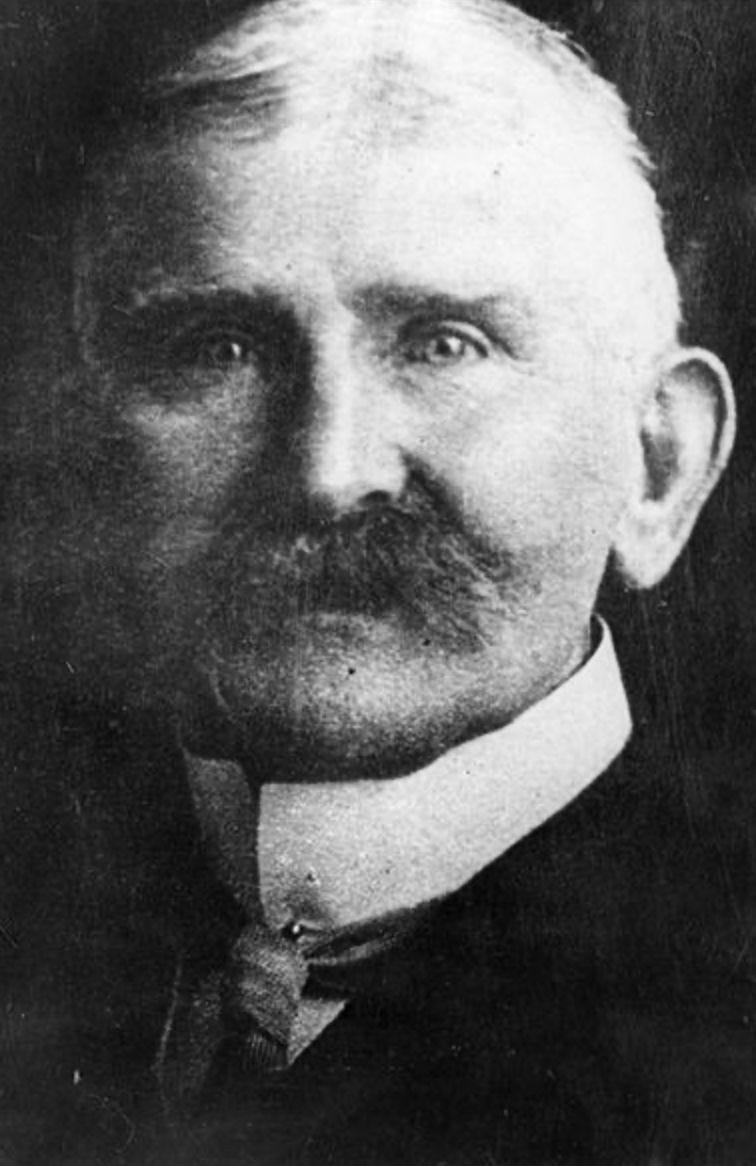My car went in for its regular service this week. It is usually done and dusted in less than half a day, so I took a book to read while I waited.
The book in question is “An Introduction to the Study of Mineralogy for Australian Readers”, by Ferdinand Moritz Krausé, and was published in Melbourne in 1896. Old books like this often have interesting information in them.
The entry for halite in part states:
The origin of rock-salt is in most cases traceable to sea-water. The ocean, covering an area of some hundred and thirty million square miles, with an average depth of 12,000 feet (about two and a quarter miles), represents a volume of nearly three hundred million cube miles. Since sea-water contains on an average 2½ per cent. of NaCl, the amount of salt held in solution by the ocean is probably not less than seven million cube miles, a mass far exceeding that of the whole of the dry land of the globe which lies above sea-level. When sea-water is evaporated the earliest deposit is Fe2O3, and CaCO3. On further concentration CaSO4, is precipitated, while NaCl does not begin to fall until the liquid is reduced to one-tenth of its original volume. Finally NaBr, KCI, MgCl, and MgSO4, together with the remainder of the NaCl, are deposited. Wherever, therefore, rock-salt has been produced by the evaporation of sea-water, the floor of the deposit is made up of anhydrite or gypsum, while the roof is composed of the deliquescent salts mentioned. Any clayey matter which may have been suspended in the sea-water will be deposited simultaneously with the salts and form saliferous and gypseous marls and clays.
There’s a couple of new words for you: “saliferous” and “gypseous”! 😆
Krausé was a civil engineer and geologist, born at Kassel, Germany on 24th February 1841, the youngest son of Frederich Wilhelm Krausé. He married Amy Augusta Dimock.
In June 1880, Krausé was appointed to the Ballarat School of Mines as lecturer in 'geology, palaeontology, mineralogy, electricity, magnetism, scientific mining, geological and topographical surveying', and as museum curator. In 1881 he was appointed Professor of Geology and in 1892 was elected president of the Staff Association. He was held in high repute by his students and also known as a keen musician. He resigned from the School of Mines to be lecturer in mining at the University of Melbourne from June 1895 to January 1897. Whilst at Ballarat in 1887-90 he had completed geological maps and reports on many of the local parishes, published in 1898. The Institute of Surveyors elected him a member in 1891.
In January 1897, he became manager of the General Gordon mine near Kalgoorlie, Western Australia. Krausé left for South Africa in 1901. His last work was a geological map of the Barberton area, Transvaal, published in March 1918. He died on 16th June 1918, survived by his wife, three sons and a daughter.
Below: Halite on gypsum, Pernatty Lagoon, South Australia. 9.7mm high.
Below: Ferdinand Moritz Krausé. Public Domain image.






"Saliferous & Gypseous": adj. Salty and feral. ;)
Yes old books are very good. Nice info. Thanks.